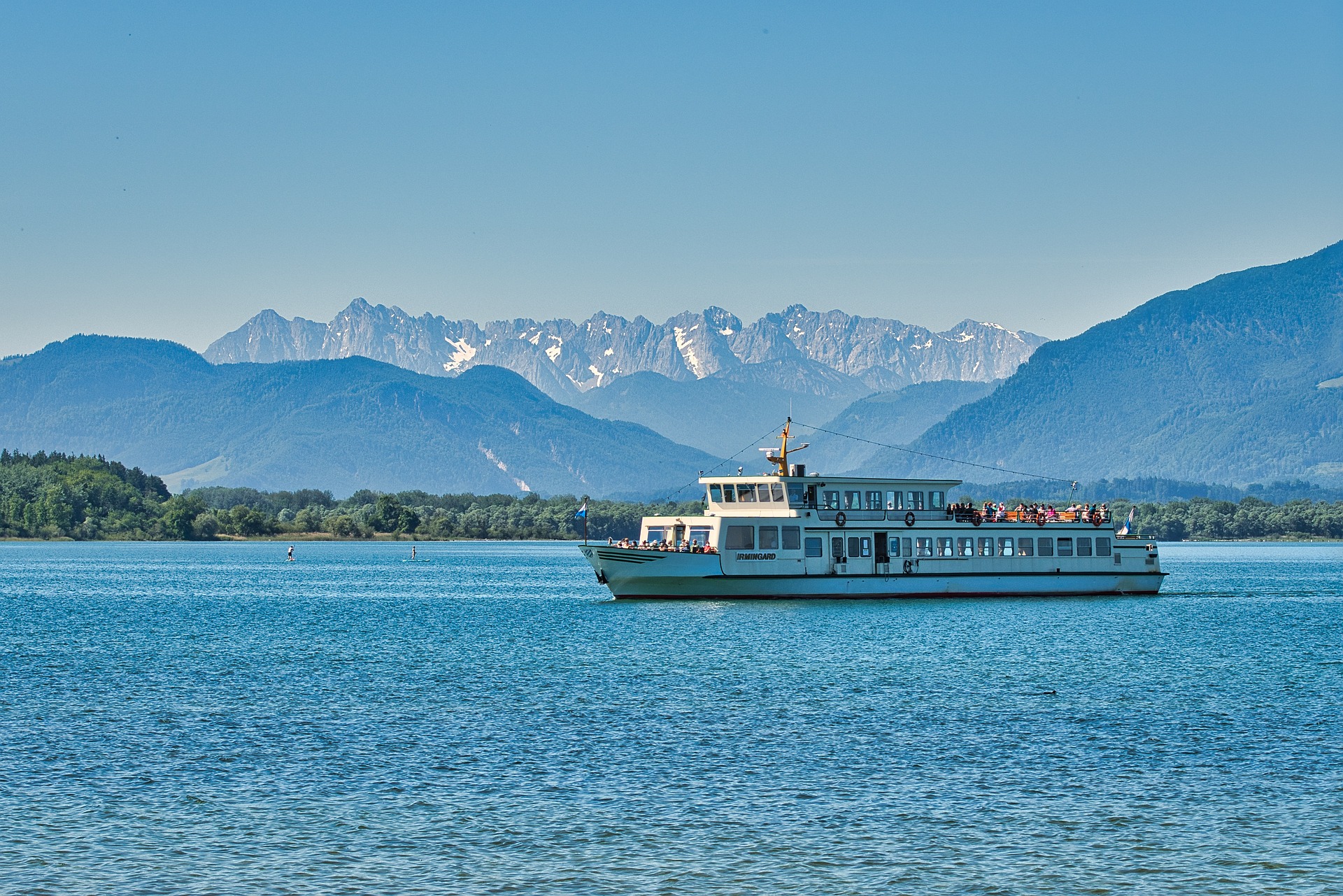Discovering the Art of Glamping: A Luxurious Take on Outdoor Adventures
Retreat to nature without compromising on comfort; welcome to the world of glamping. Once considered a fringe trend, glamping has evolved into a mainstream travel style, garnering attention from luxury seekers to nature enthusiasts. Let's delve into the world of glamorous camping, its historical context, current trends, and the impact it has on the travel industry.

History of Glamping: From Canvas to Luxury
Glamping, a blend of glamour and camping, is not as contemporary as one might think. It dates back to the 16th century when the Scottish Earl of Atholl prepared a luxurious camping experience for the visiting King James V and his mother. It involved lavish tents filled with all the comforts of their palace, including furniture, rugs, and even servants.
However, it was in the early 1900s that glamping started to look like what we know today. Wealthy American and European families started “safari glamping” in East Africa, bringing luxury amenities to the wilderness.
Glamping Today: An Escape with Comfort
Fast forward to the present day, glamping has become a massive trend in the travel industry. It offers an escape from the hustle and bustle of city life without sacrificing comfort. Dotted around the world, from the deserts of Morocco to the plains of Montana, glamping accommodations range from yurts, treehouses, and safari tents, to airstreams, cabins, and even glass igloos.
According to a report from Arizton, the glamping market is expected to reach revenues of around $1 billion by 2024, growing at a CAGR of over 12% during 2018-2024.
The Glamping Experience: Advantages and Challenges
From a traveler’s perspective, the appeal of glamping lies in its fusion of nature and comfort. It offers the chance to connect with nature, without the inconvenience of traditional camping.
On the other hand, glamping also poses some challenges. Establishing glamping sites in remote and pristine areas can pose potential threats to the environment. Also, the cost of glamping can be steep, making it less accessible to budget travelers.
Glamping’s Impact on Travelers and the Industry
Glamping has transformed the way people perceive outdoor adventures. It has opened up camping to a broader demographic, including those who may not have considered it before due to the discomforts associated with traditional camping.
For the travel industry, glamping has provided a lucrative market. It caters not only to nature lovers but also to luxury seekers, making it a versatile offering.
Interesting Facts and Tips on Glamping
-
The term ‘glamping’ first appeared in the United Kingdom in 2005 and was added to the Oxford English Dictionary in 2016.
-
Some glamping sites offer unique experiences, like wine tasting, horse riding, or spa treatments.
-
When choosing a glamping site, consider the amenities you value most. Some places offer hotel-like services, while others focus on self-sufficiency with a touch of luxury.
-
Always check the ecological practices of the glamping site. Many sites prioritize sustainability, offering eco-friendly toiletries, using renewable energy, or operating on a leave-no-trace principle.
In conclusion, glamping is more than just a travel trend; it’s a new way to experience the great outdoors. It marries the adventure of camping with the luxury of a hotel, catering to travelers who love nature but also appreciate comfort. As the world of glamping continues to evolve, one thing remains clear - the joy of exploring the natural world without having to rough it is here to stay.





